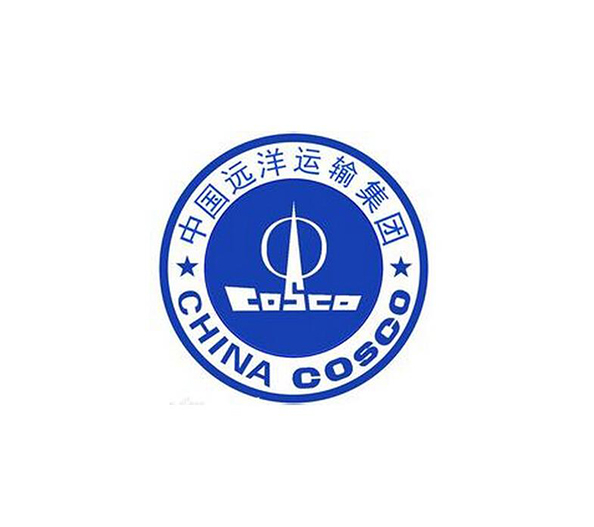en 397 safety helmet manufacturers
Understanding EN 397 Safety Helmets A Focus on Manufacturers
Safety helmets are an essential component of personal protective equipment (PPE) designed to protect the head from injuries due to falling objects, electrical shocks, and other workplace hazards. In many industries, especially construction, manufacturing, and mining, the use of safety helmets is mandated by regulations and standards. One of the prominent standards governing safety helmets is EN 397, established by the European Committee for Standardization (CEN). This article delves into the EN 397 standard for safety helmets and explores the role of manufacturers in ensuring the highest levels of protection.
The EN 397 Standard
EN 397 is a European standard that outlines the safety requirements for industrial helmets. This standard specifies the performance requirements for helmets intended to protect the head from impacts and penetration while also addressing issues such as flammability and electrical resistance. The standard includes rigorous testing protocols to evaluate the helmets' performance under various conditions, ensuring that they provide reliable protection in the workplace.
Key features of EN 397 helmets include
1. Impact Resistance The helmets must withstand impacts from falling objects. They are tested for their ability to absorb kinetic energy and prevent skull fractures.
2. Penetration Resistance The standard specifies tests to ensure that pointed objects cannot penetrate the helmet, providing an essential layer of protection against sharp hazards.
3. Flammability EN 397 helmets are tested for their flammability to ensure they do not ignite easily, which is critical in environments where fire hazards are present.
4. Electrical Insulation Some helmets are tested for their ability to resist electrical hazards, providing protection against accidental contact with live electrical wires.
The Role of Manufacturers
en 397 safety helmet manufacturers

Manufacturers play a crucial role in ensuring that safety helmets meet the EN 397 standard. They are responsible for the design, materials selection, testing, and production processes that determine the helmet's overall performance and quality. Here are some key responsibilities of safety helmet manufacturers
1. Research and Development Manufacturers invest in R&D to innovate and improve helmet designs. This includes exploring new materials that enhance impact resistance and comfort, as well as integrating features such as ventilation and ergonomic fit.
2. Quality Assurance Manufacturers must implement rigorous quality control measures to ensure that every helmet produced meets the EN 397 requirements. This often involves testing samples from each production batch to verify their compliance with safety standards.
3. Certification and Compliance Safety helmet manufacturers must work with accredited testing laboratories to certify their products according to the EN 397 standard. Certification processes require thorough documentation and testing, which can be time-consuming but is essential for market acceptance.
4. Education and Training Many manufacturers provide training and resources for end-users on the proper use and maintenance of safety helmets. This education is vital, as improper use can compromise safety, regardless of helmet design.
5. Sustainability Practices As environmental awareness grows, many manufacturers are adopting sustainable practices, such as using recyclable materials in helmet production and minimizing waste during manufacturing processes.
Challenges and Future Directions
Despite the robust standards and practices in place, manufacturers face challenges in the evolving landscape of workplace safety. Advances in technology, materials, and manufacturing processes require continuous adaptation to maintain compliance with updated standards. Additionally, globalization presents challenges related to consistency and quality across different markets.
Looking forward, the future of safety helmets will likely include even more advanced materials, smart technologies (such as integrated sensors for monitoring impact), and enhanced comfort through ergonomic designs. Manufacturers that prioritize innovation, quality, and compliance will be well-positioned to succeed in this dynamic sector.
Conclusion
EN 397 safety helmets play a vital role in protecting workers across various industries. The dedication of manufacturers to uphold stringent safety standards ensures that these helmets provide the necessary protection against head injuries. As the industry evolves, collaboration between manufacturers, regulators, and users will be crucial in continuing to advance safety practices and innovations in head protection.
-
Top HDPE Safety Helmets - Lightweight, Durable Head Protection
NewsAug.01,2025
-
Top AI Safety Clothing with GPT-4 Turbo | Smart Protection
NewsJul.31,2025
-
Face Shield Safety Helmet with GPT-4 Turbo AI Safety
NewsJul.31,2025
-
CE Working Clothing for Construction & Welding Safety
NewsJul.30,2025
-
Premium Safety Helmet with Visor for Construction & Industrial Use
NewsJul.29,2025
-
High-Quality CE Working Clothing for Safety and Construction
NewsJul.29,2025
